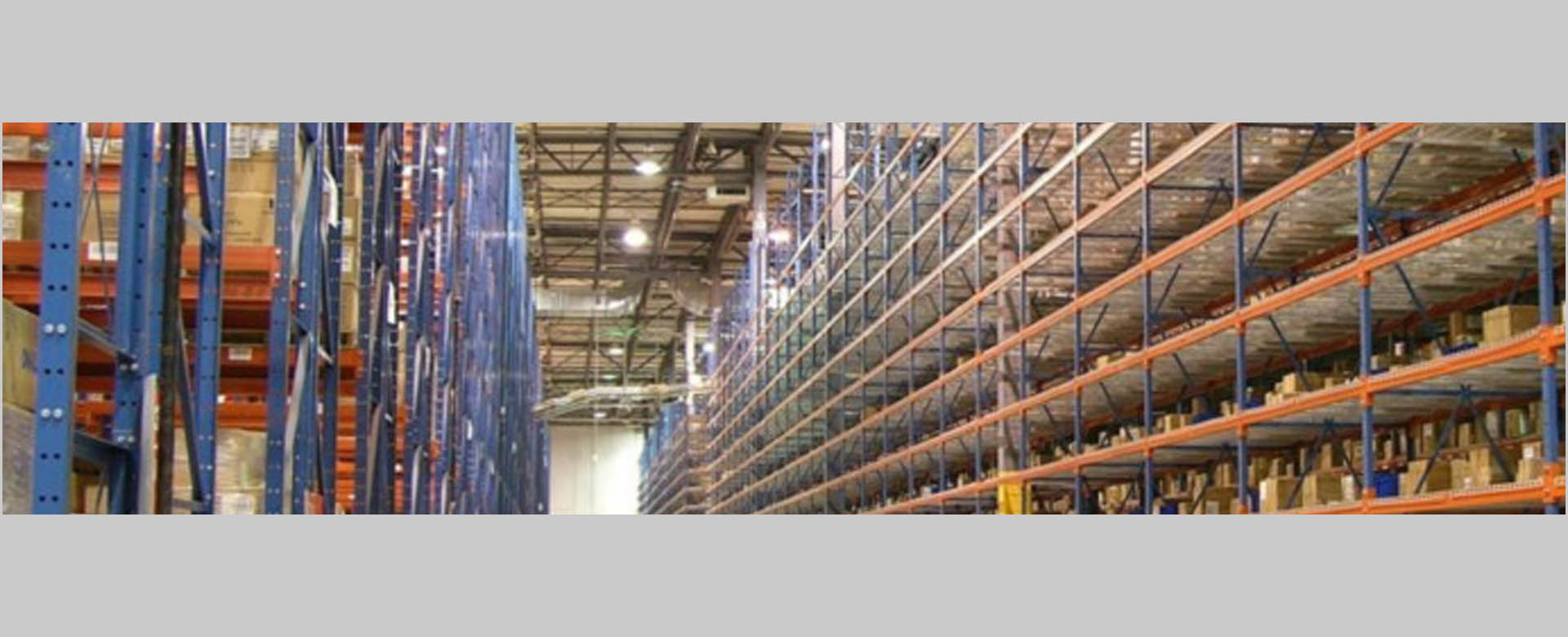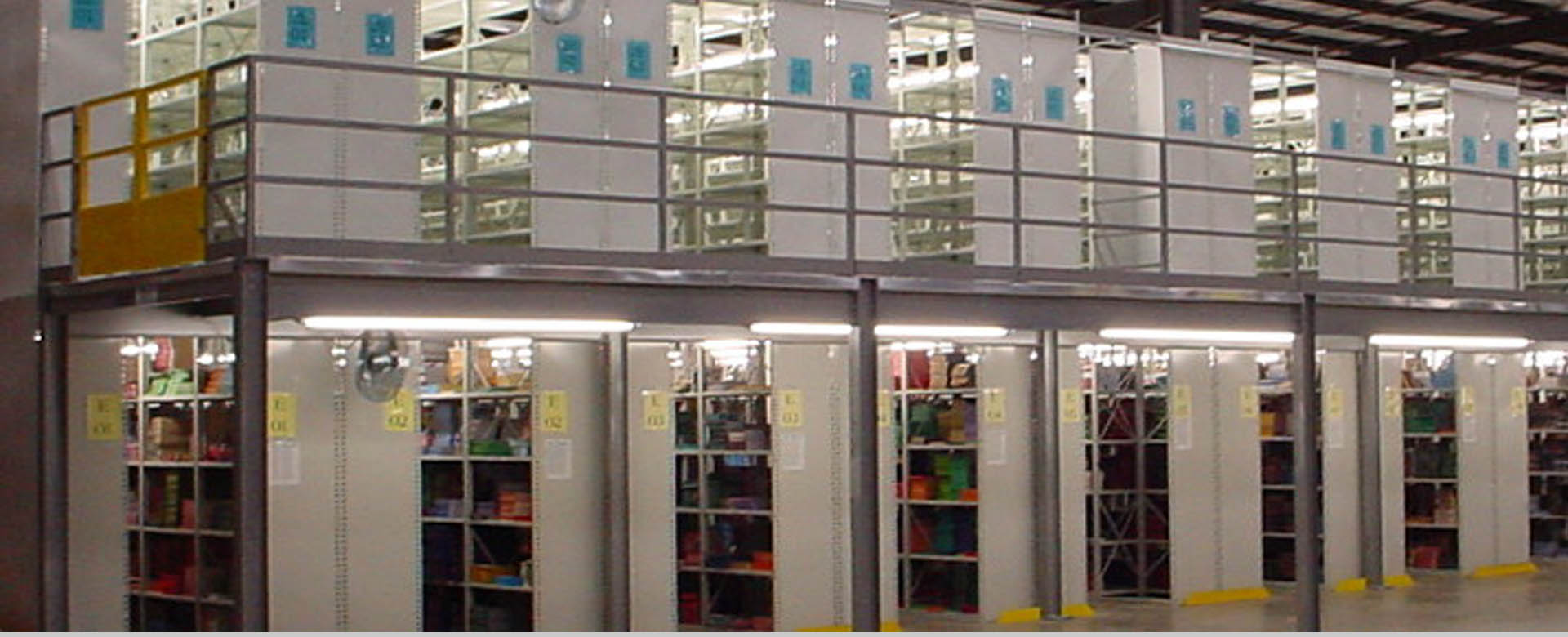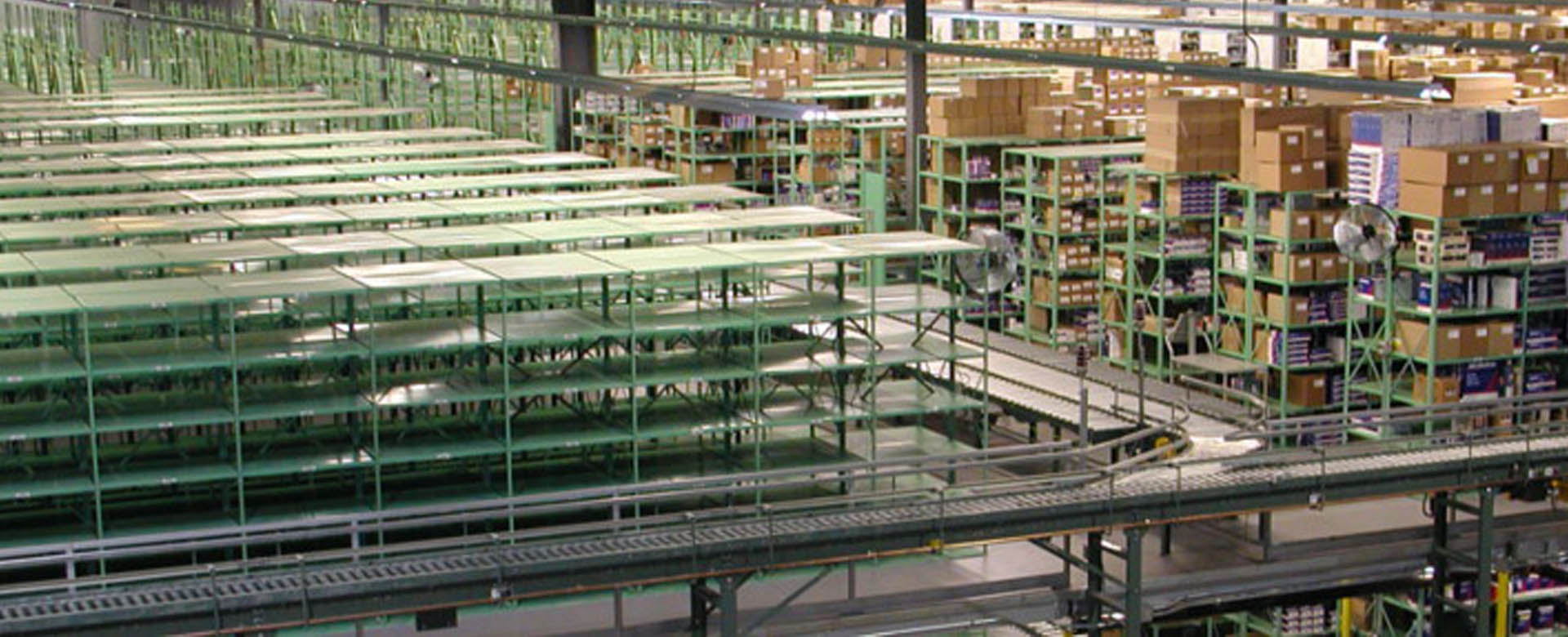How to Make the Right Material Handling Decisions for Your Business
How to Make the Right Material Handling Decisions for Your Business
Material handling equipment is a critical component of any ecommerce or retail store distribution center. The choices you make can significantly impact the efficiency and productivity of your warehouse. Whether you are looking to optimize existing processes or implement more effective ones, choosing the right approach to your material handling system significantly impacts your ability to serve your customers. In this essay, we will explore the different material handling technologies and solutions available. We will also explore the types of material handling equipment, and how to make the right material handling decisions for your business.
Material handling technologies have come a long way in recent years, offering a wide range of solutions designed to improve the efficiency and productivity of warehouses and distribution centers. Some of the most popular material handling technologies include automated storage and retrieval systems, conveyor systems, and robotic systems. These technologies can be used in combination with one another or as standalone solutions, depending on the specific needs of the business.
Types of Material Handling Systems
Automated storage and retrieval systems (AS/RS) are designed to automate the storage and retrieval of goods within a warehouse or distribution center. They typically consist of computer-controlled cranes or robots that move goods within the warehouse, reducing the need for manual labor and improving accuracy and efficiency. For example, a typical AS/RS system might include a storage rack and a retrieval crane that automatically retrieves items from the rack. This reduces the time and effort required for manual picking.
Conveyor systems are another popular material handling solution, offering a simple and effective way to move goods within a warehouse or distribution center. Conveyors come in many different forms, including belt conveyors, roller conveyors, and chain conveyors. They can be used for a variety of applications, from transporting goods from one location to another to sorting items for distribution. Conveyor systems can also be integrated with other material handling technologies, such as AS/RS systems, to further improve efficiency and productivity.
Robotic systems are another popular material handling solution, offering a flexible and cost-effective way to automate many different warehouse operations. Robotics can be used for a wide range of tasks, including picking and packing, loading and unloading, and order fulfillment. Robotics can also be used to automate other material handling processes, such as inventory management and material flow, improving accuracy and efficiency.
Other Types of Material Handling Equipment
In addition to these technologies, there are also many different types of material handling equipment available, including pallet jacks, forklifts, and order picking carts. Each type of equipment is designed to meet specific material handling needs. Choosing the right type of equipment can have a significant impact on the efficiency and productivity of your warehouse operations.
For example, pallet jacks are a simple and cost-effective solution for moving heavy loads within a warehouse or distribution center. They are typically used for moving pallets of goods and are especially useful for short-distance transport. Forklifts, on the other hand, are designed to lift and transport heavy loads, and are often used for moving goods within large warehouses or distribution centers. Order picking carts, meanwhile, are typically used for order fulfillment, and are designed to help workers quickly and easily pick and pack items for shipment.
For example, pallet jacks are a simple and cost-effective solution for moving heavy loads within a warehouse or distribution center. They are typically used for moving pallets of goods and are especially useful for short-distance transport. Forklifts, on the other hand, are designed to lift and transport heavy loads, and are often used for moving goods within large warehouses or distribution centers. Order picking carts, meanwhile, are typically used for order fulfillment, and are designed to help workers quickly and easily pick and pack items for shipment.
Factors to Consider When Making Decisions on Material Handling Solutions
1. Volume and frequency of orders: The volume and frequency of orders that your warehouse or distribution center processes has a significant impact on your material handling decisions. For example, if you handle high volumes of orders, you may want to consider automated storage and retrieval systems or conveyor systems to help keep up with the demand. On the other hand, if you handle lower volumes of orders, manual material handling equipment may be more suitable for your needs.
2. Warehouse layout and design: The layout and design of your warehouse or distribution center can also impact the efficiency of your material handling operations. Consider the flow of goods within your warehouse and choose material handling solutions that work well with your existing layout. For example, if you have a narrow aisle layout, you may want to consider using automated storage and retrieval systems to maximize space and reduce the need for manual labor.
3. Labor and staffing: The number of workers you have in your warehouse or distribution center also impacts your material handling decisions. If you have a large workforce, you may want to consider automated solutions to reduce the need for manual labor, while if you have a smaller workforce, manual material handling equipment may be more suitable for your needs.
4. Growth of the business: The expected growth of the business, both in terms of sales growth and SKU offering is an important consideration.
5. Types of goods: The types of goods that you handle in your warehouse or distribution center can also impact your material handling decisions. For example, if you handle fragile goods, you may want to consider using conveyor systems to reduce the risk of damage, while if you handle heavy loads, you may need to consider using material handling equipment with a higher weight capacity.
6. Cost: Finally, cost is always a factor when making material handling decisions. While automated solutions can be more expensive upfront, they can often provide significant long-term cost savings by reducing the need for manual labor and improving efficiency. When making material handling decisions, it is important to consider both the upfront cost and the long-term cost savings to determine which solutions are most cost-effective for your business
Siggins Can Provide Recommendations for Material Handling Systems
In conclusion, making the right material handling decisions for your ecommerce or retail store distribution center requires careful consideration of several key factors, including the volume and frequency of orders, the warehouse layout and design, the number of workers you have, the types of goods you handle, and cost. By considering and weighing each of these factors, you can ensure that the material handling solutions you choose are both effective and efficient, helping you to improve your warehouse operations and achieve success in your business.
Don’t wait any longer, contact Siggins today and start improving your material handling practices.





